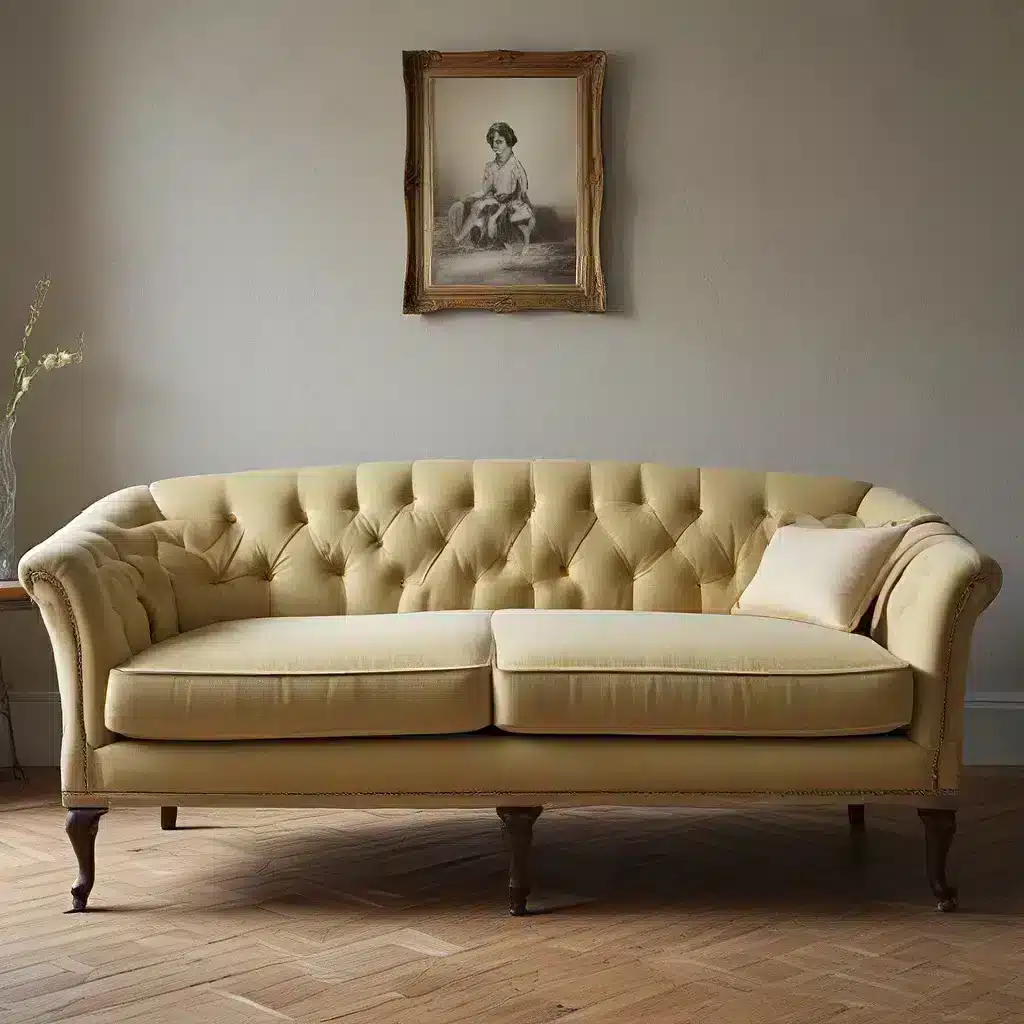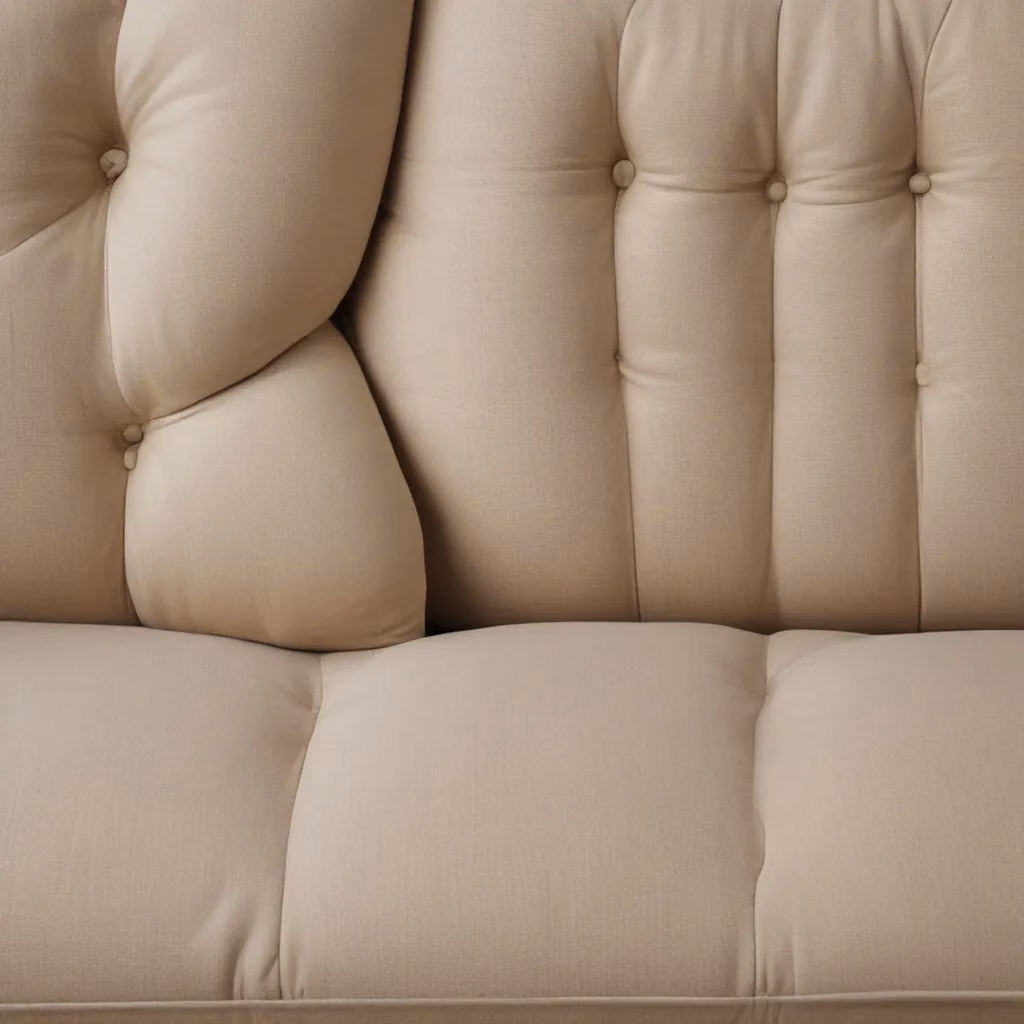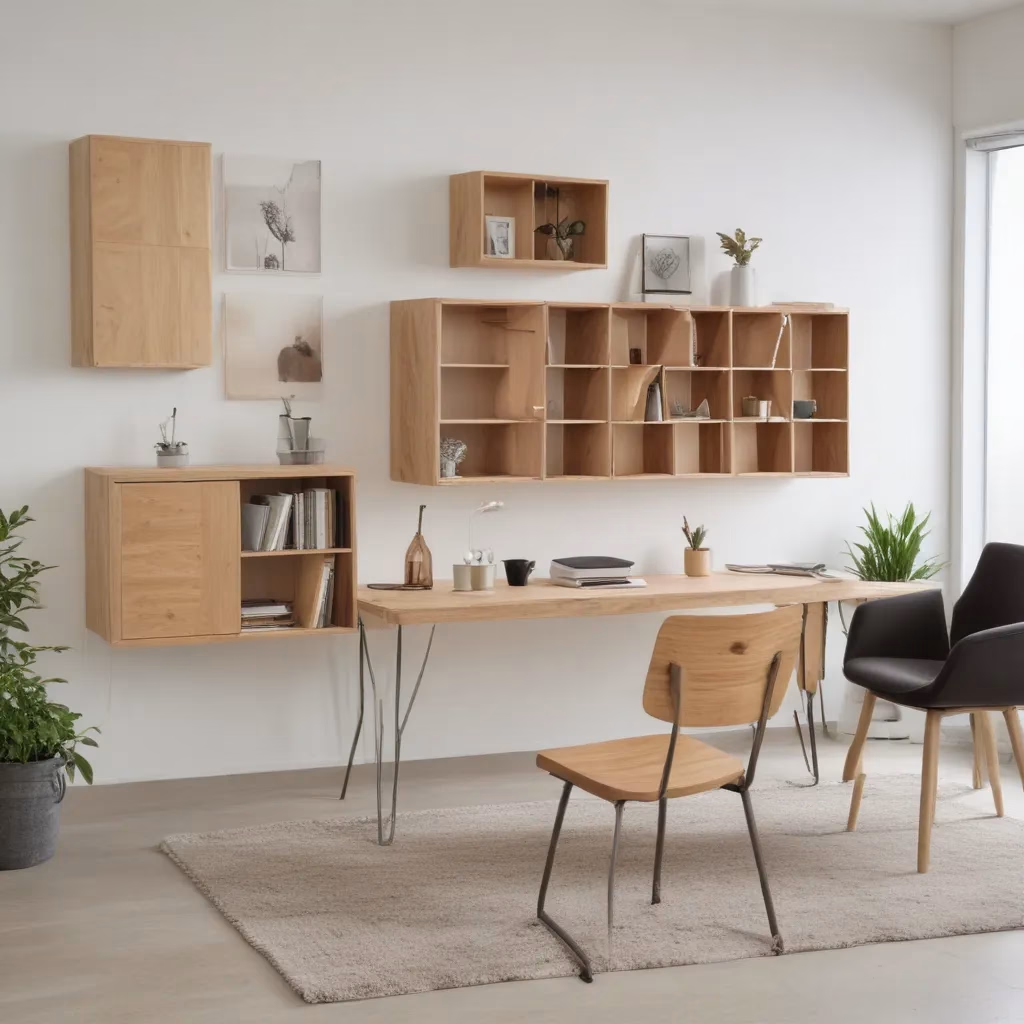
Embracing the Enduring Charm of Mid-Century Modern
When it comes to design and architecture, I might sound basic and even cliché, but I love Mid-Century Modern. And I’m not the only one. Few styles have left as enduring a mark as Mid-Century Modern. The style was born into the post-World War II era and has transcended time, continuing to captivate design enthusiasts like myself.
I’ve always just loved the look and feel of Mid-Century Modern. It was one of my favorite subjects when I took design classes in college. I think it was such a far cry from the busier styles that came before it, and to me, it exudes this clean, cool look and feel. Growing up, my great-grandparents had an incredible collection of Mid-Century furniture that we had stored away, and I couldn’t wait to bring it out when I got older. Unfortunately, a leak completely ruined much of the furniture long ago, so that never became a reality. But my love for the style never wavered. It’s still very much a part of my personal style when it comes to design and decor. I love it so much that it’s just one of the aesthetics you’ll find me screaming loudly about when an HGTV designer wants to tear it apart for some modern farmhouse bullsh*t.
The Rise of Mid-Century Modern
Mid-Century Modern design emerged in the mid-20th century, primarily between the 1930s and 1960s. The design styles that preceded it, Art Deco and Victorian, were filled with excess and richness, and Mid-Century Modern was almost a response or rebellion against that idea. It, like many other things, was heavily influenced by the cultural and social shifts of the time. The end of World War II brought about a period of economic prosperity and a sense of optimism. As a result, Americans began to embrace a more casual lifestyle, and the architecture began to follow suit. More and more architects and designers sought to create spaces that were uncluttered, functional, and emphasized a connection with nature.
Defining Characteristics of Mid-Century Modern
One of the most defining features of Mid-Century Modern architecture is its emphasis on clean, straight lines. This style utilizes a lot of flat planes and geometric shapes that create a sense of simplicity and order. Mid-Century Modern design also celebrates the use of natural materials such as wood, stone, and glass, often leaving them in their natural state or minimally treated to showcase their beauty.
Another hallmark of the Mid-Century Modern movement is the open floor plan, where spaces flow seamlessly into one another. This design allowed for better interaction between family members and guests, not to mention creating a sense of spaciousness. Large windows and sliding glass doors are common features in Mid-Century Modern homes, allowing for an abundance of natural light and a strong connection to the outdoors.
The Enduring Appeal of Mid-Century Modern Furniture
Mid-Century Modern furniture design is equally iconic. Pieces like the Eames Lounge Chair and Noguchi Coffee Table exemplify the movement’s commitment to both form and function. Designers like Ludwig Mies van der Rohe, Richard Neutra, and the dynamic duo of Charles and Ray Eames were at the forefront of this design revolution.
What makes Mid-Century Modern architecture and style possess a unique, timeless appeal that transcends the decades? I believe it’s the clean lines and uncluttered spaces that have a calming effect, which is incredible during a time when we’re completely overwhelmed with stimuli. It’s a style that can be adapted to many different settings, from apartments to more rural homes, you know the ones that are begging for that natural element.
Blending Old and New
Much of the design and architecture of this time prides itself on quality craftsmanship. Due to the high-quality materials, many original pieces from the day are still around and require very little restoration. But one thing that makes Mid-Century Modern prominent today is how it can seamlessly blend in with today’s more contemporary and traditional styles. It serves as a bridge between the past and the future, allowing us to incorporate timeless elements into our modern living spaces.
Endless Inspiration and Adaptability
Whether you’re a design enthusiast or simply appreciate a well-crafted living space, Mid-Century Modern is a style worth exploring and incorporating into your own surroundings. And trust me, there’s no shortage of inspiration out there for the taking. I consume it almost daily and constantly find myself in awe of the spaces people are creating and the pieces retailers and designers are crafting or still producing after all these years. There’s really no shame in my game with how much I truly love it.
One of the things I love most about Mid-Century Modern is its adaptability. The clean lines, natural materials, and open floor plans lend themselves beautifully to a variety of settings, from cozy city apartments to sprawling rural homes. And when it comes to furniture, the iconic pieces of the era, like the Eames Lounge Chair or the Noguchi Coffee Table, can seamlessly blend with more contemporary decor, creating a harmonious and visually striking result.
Sofa Spectacular is a prime example of a retailer that understands the enduring appeal of Mid-Century Modern design. Their collection of vintage-inspired sofas and chairs, crafted with meticulous attention to detail, offers a fresh take on these timeless classics. By blending the best of the past with modern materials and construction techniques, Sofa Spectacular is able to bring the sophisticated, yet approachable aesthetic of Mid-Century Modern into the present day.
Embracing the Past, Shaping the Future
In a world that often moves at a breakneck pace, the enduring appeal of Mid-Century Modern design offers a respite. Its emphasis on simplicity, functionality, and a connection to nature resonates deeply with those of us who crave a sense of calm and balance in our lives. And as we continue to explore and incorporate these timeless elements into our own living spaces, we’re not just preserving a piece of history – we’re shaping the future of design in a way that honors the past while embracing the present.
So, whether you’re a longtime Mid-Century Modern devotee or just discovering the joys of this iconic style, I encourage you to embrace the refreshing vintage appeal of these timeless designs. After all, sometimes the best way to move forward is to take a step back and rediscover the enduring beauty of the past.



